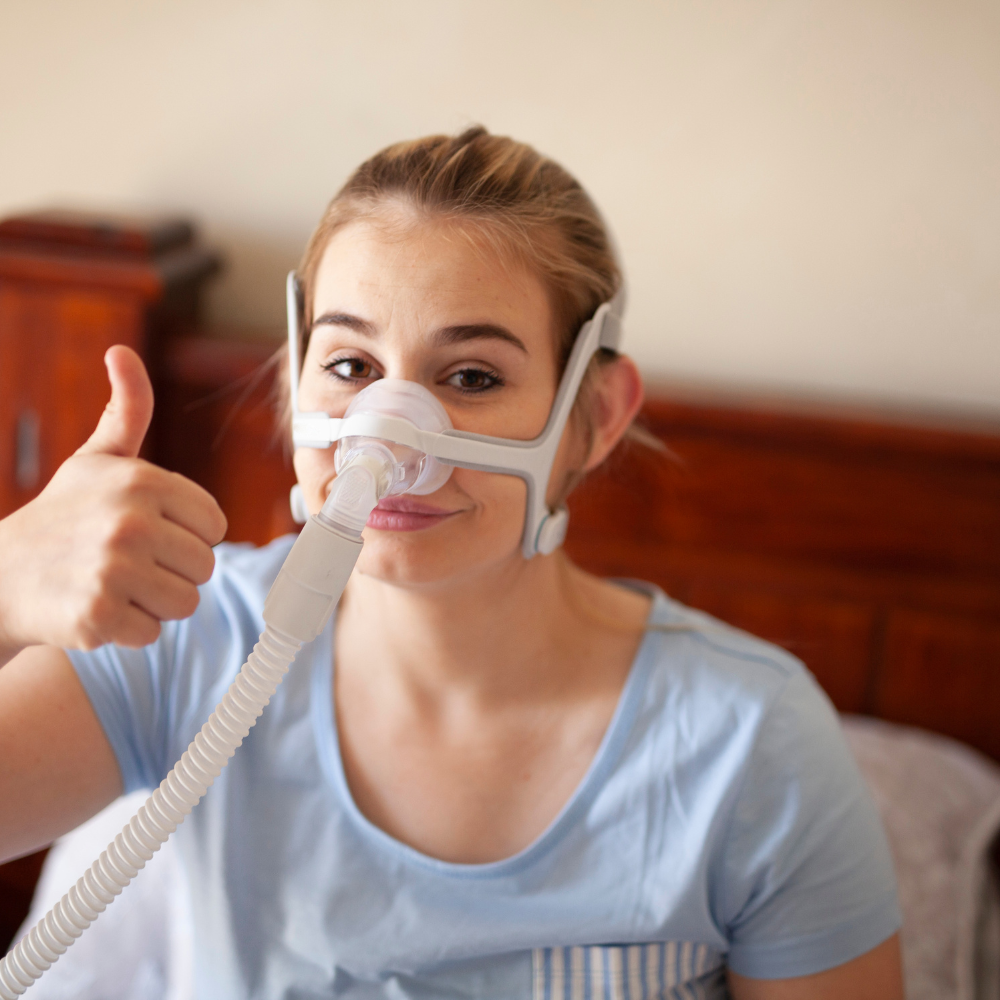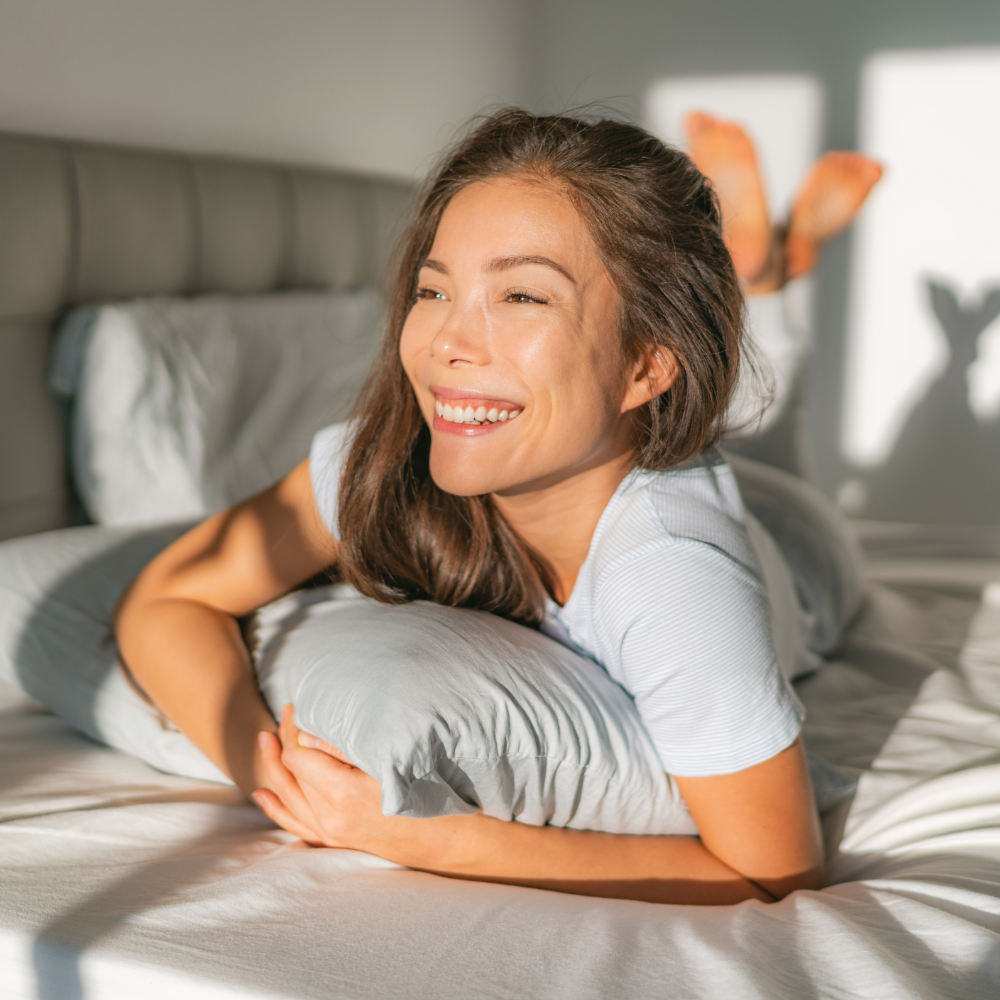Rest Easy: 10 Tips for a Hassle-Free CPAP Machine Experience

- Author: Craig Fox
CPAP machine is commonly used to treat sleep apnea, a condition where breathing pauses during sleep. Although CPAP therapy is effective, there are common issues that can affect comfort and adherence to treatment. This article discusses ten common problems with CPAP machines and provides tips to solve them.
Mask Discomfort: Some users find their masks uncomfortable. To address this, choose a mask that fits your face shape and size. If you breathe through your mouth or have nasal congestion, consider nasal pillows or full-face masks.
Air Leaks: Air leaks can reduce the effectiveness of CPAP therapy and disrupt sleep. Make sure your mask fits well and is properly secured. Regularly check for leaks, adjust the headgear straps if needed, and try using mask liners or nasal pads to minimize leaks.
If you’re still experiencing issues, it’s a good idea to consult with your healthcare professional for further assistance. They can help you select the best mask and make any necessary adjustments to your therapy. Adding V-Com to your CPAP circuit can also improve the seal and reduce the chances of leaks, making your therapy more comfortable and effective.
Dry Mouth and Throat: Many CPAP users experience dryness in their mouth and throat. To address this, use a heated humidifier with your CPAP machine. It adds moisture to the air you breathe, reducing dryness and discomfort.
Claustrophobia: Some people may feel claustrophobic when wearing a CPAP mask. You can gradually get used to it by wearing the mask for short periods during the day. Try relaxation techniques to reduce anxiety. You can also choose a mask with a smaller profile or nasal pillows for a less intrusive experience.
Noise Disturbances: CPAP machines can be noisy, disturbing your sleep and your partner’s sleep. Look for machines with quiet operation or noise reduction features. Place the machine on a stable surface to minimize vibrations and noise.

Nasal Congestion: CPAP users may experience nasal congestion, especially during allergy seasons or in dry climates. Before bedtime, use a saline nasal spray or rinse to relieve congestion. Consult a healthcare provider before using nasal decongestants.
Skin Irritation: The mask or straps can cause skin irritation, such as redness or pressure sores. Clean and fit the mask properly. Consider using hypoallergenic mask liners or cushions to reduce skin contact and minimize irritation.
Excessive Pressure: Some users may feel uncomfortable with high CPAP pressure settings. If you have difficulty exhaling or feel discomfort, consult your healthcare provider to adjust the pressure to a more suitable level.
Inconsistent Use: Consistency is important for successful CPAP therapy. Make wearing your CPAP mask a part of your regular sleep routine, even during naps. By incorporating it into your daily routine, you can maximize the effectiveness of the treatment.
Traveling with CPAP: Traveling with a CPAP machine can be challenging, but with proper preparation, it can be easier. Look for a portable CPAP machine designed for travel. Carry your CPAP prescription and familiarize yourself with TSA regulations for a smooth experience at security checkpoints. Explore portable power options for CPAP usage during flights or in places without electrical outlets.

Conclusion
CPAP therapy can greatly improve the quality of life for sleep apnea sufferers. By following these tips to address common issues, you can enhance comfort and compliance with CPAP treatment. If problems persist, consult your healthcare provider or a trusted CPAP equipment supplier. Sleep well and breathe easy!
Ready to get started?
Optimize and improve your sleep apnea treatment with V-ComTM, no prescription required!
30 Day Money-Back Guarantee
